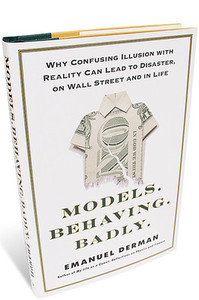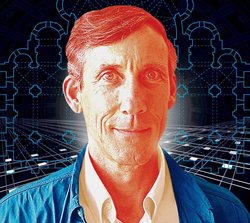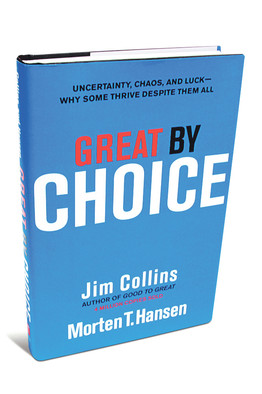The author of the following commentary is a Princeton physics professor:
(p. A13) What is happening to global temperatures in reality? The answer is: almost nothing for more than 10 years. Monthly values of the global temperature anomaly of the lower atmosphere, compiled at the University of Alabama from NASA satellite data, can be found at the website http://www.drroyspencer.com/latest-global-temperatures/. The latest (February 2012) monthly global temperature anomaly for the lower atmosphere was minus 0.12 degrees Celsius, slightly less than the average since the satellite record of temperatures began in 1979.
The lack of any statistically significant warming for over a decade has made it more difficult for the United Nations Intergovernmental Panel on Climate Change (IPCC) and its supporters to demonize the atmospheric gas CO2 which is released when fossil fuels are burned.
. . .
Frustrated by the lack of computer-predicted warming over the past decade, some IPCC supporters have been claiming that “extreme weather” has become more common because of more CO2. But there is no hard evidence this is true.
. . .
Large fluctuations from warm to cold winters have been the rule for the U.S., as one can see from records kept by the National Ocean and Atmospheric Administration, NOAA. For example, the winters of 1932 and 1934 were as warm as or warmer than the 2011-2012 one and the winter of 1936 was much colder.
. . .
It is easy to be confused about climate, because we are constantly being warned about the horrible things that will happen or are already happening as a result of mankind’s use of fossil fuels. But these ominous predictions are based on computer models. It is important to distinguish between what the climate is actually doing and what computer models predict. The observed response of the climate to more CO2 is not in good agreement with model predictions.
. . .
. . . we should . . . remember the description of how science works by the late, great physicist, Richard Feynman:
“In general we look for a new law by the following process. First we guess it. Then we compute the consequences of the guess to see what would be implied if this law that we guessed is right. Then we compare the result of the computation to nature, with experiment or experience; compare it directly with observation, to see if it works. If it disagrees with experiment it is wrong.”
For the full commentary, see:
WILLIAM HAPPER. “Global Warming Models Are Wrong Again; The observed response of the climate to more CO2 is not in good agreement with predictions.” The Wall Street Journal (Tues., March 27, 2012): A13.
(Note: ellipses added.)




